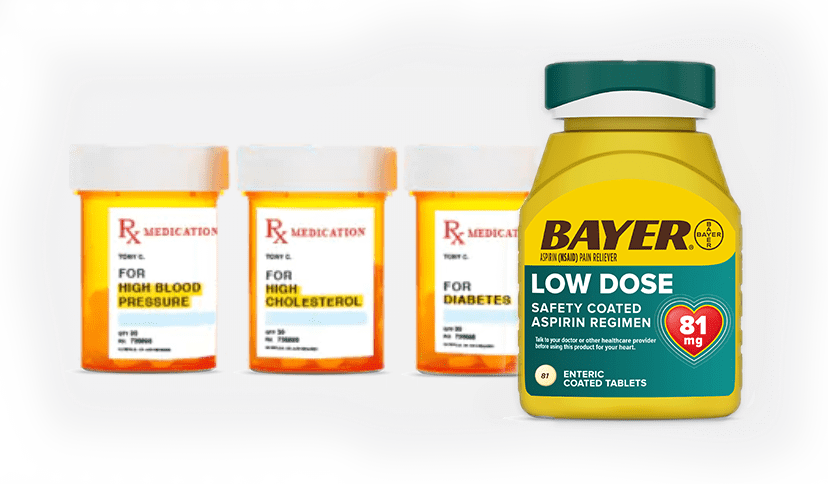DO YOU KNOW HOW TO RECOGNIZE STROKE SYMPTOMS?
Remembering the acronym F.A.S.T is a powerful way to help save lives if you or someone else is having a stroke. It can help you identify common stroke symptoms, but there are other stroke symptoms to know about. Seconds count when it comes to surviving a stroke, so remembering these 5 additional stroke symptoms may make a big difference in an emergency.
REMEMBER: ONE SYMPTOM IS ENOUGH
Not every stroke survivor experiences all the symptoms. Some report just one symptom while others suffer a couple or more. “Better safe than sorry” may never be truer than when talking about a possible stroke – because every second counts. If you or someone else experiences one of these stroke symptoms – even if you’re not positive – don’t wait to be sure. Dial 9-1-1 on the nearest phone and tell the operator “I think someone’s having a stroke.” It can also be helpful to make a mental note of the approximate time the symptom(s) started, which helps first responders to take the best course of action.

MANAGING RISK:
WHY PRESCRIPTION MEDICATIONS MAY NOT BE ENOUGH
If you take prescription medications for high blood pressure, high cholesterol, and diabetes, they may not be enough to protect your heart. Talk to your doctor about whether these medications are enough for you and whether adding an aspirin regimen can help further reduce the risk of another heart attack or clot-related (ischemic) stroke.
Aspirin is not appropriate for everyone, so be sure to talk to your doctor before you begin an aspirin regimen.
Aspirin regimen products for recurrent stroke prevention
Aspirin is not appropriate for everyone, so be sure to talk to your doctor before you begin an aspirin regimen.















